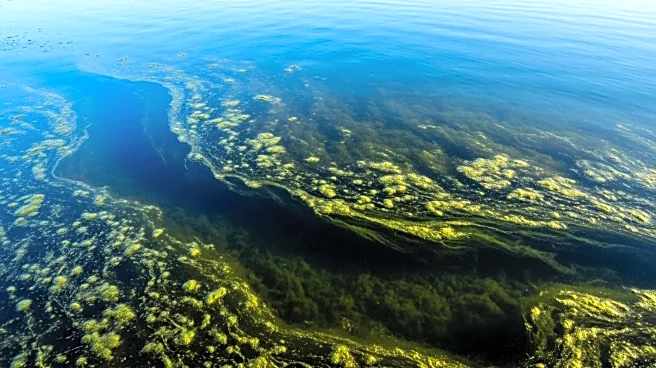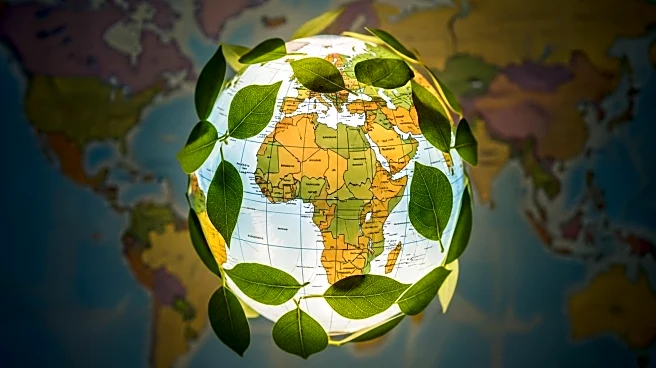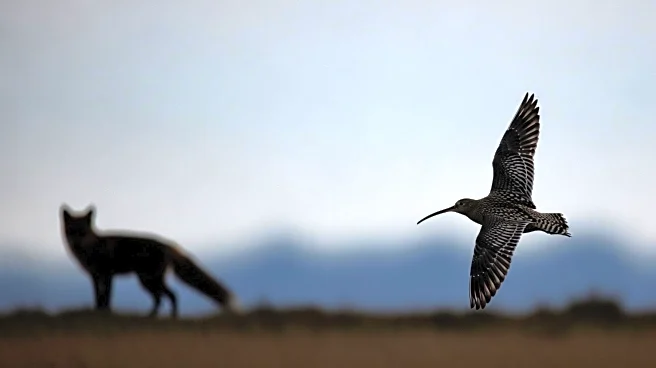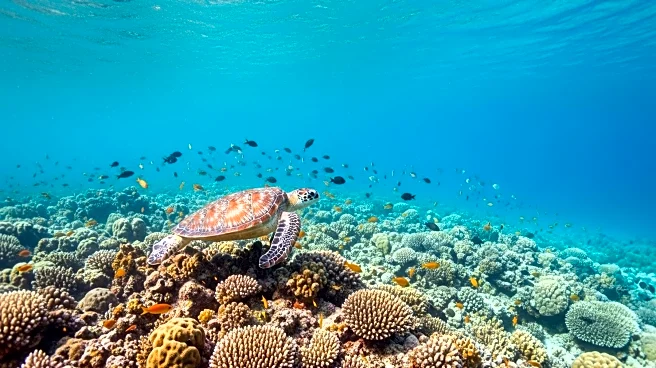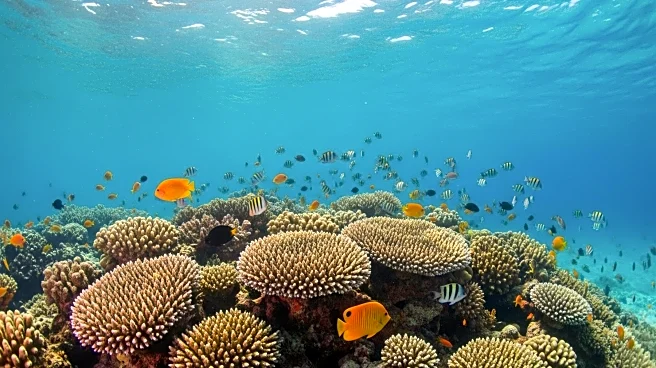What is the story about?
What's Happening?
Lough Neagh, the largest lake in the UK, is experiencing a severe ecological crisis due to recurring toxic algal blooms. These blooms are caused by an overload of phosphorus and nitrogen from agricultural runoff, inadequate wastewater treatment, and other factors like sand extraction and invasive species. The algal blooms have led to the suspension of eel fishing and a decline in tourism, as the lake becomes increasingly unusable. The Northern Ireland government has acknowledged the crisis, with Environment Minister Andrew Muir calling for urgent action to address the ecological collapse.
Why It's Important?
The situation at Lough Neagh highlights the broader environmental challenges faced by water bodies worldwide due to human activities. The crisis underscores the need for sustainable agricultural practices and effective wastewater management to prevent similar ecological disasters. The lake's condition also poses a threat to local communities that rely on it for drinking water and economic activities like fishing and tourism. The response to this crisis will be crucial in determining the future health of the lake and the livelihoods of those who depend on it.
What's Next?
The Northern Ireland government has developed a rescue plan, but implementation has been slow due to political and economic considerations. Environmental activists and local leaders are calling for more decisive action to curb pollution and restore the lake's health. The situation demands a balance between economic interests and environmental sustainability, with potential policy changes on the horizon to address nutrient management and pollution control.
AI Generated Content
Do you find this article useful?
